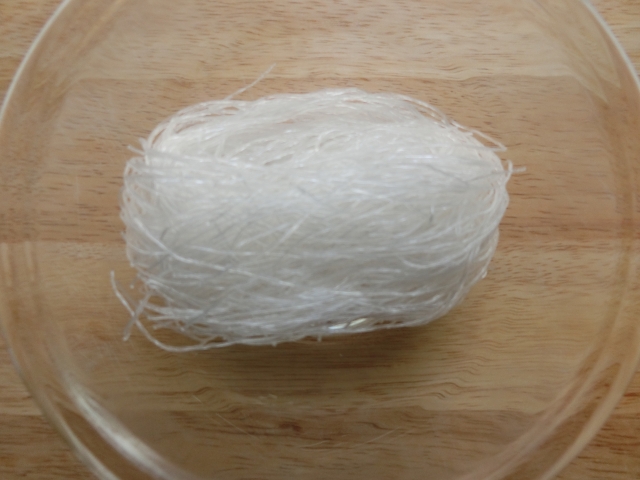**1. The Misconception: ‘If it’s not flour, it’s fine’**
Many people think that because glass noodles are not made from wheat flour, they are better for blood sugar management than regular noodles. However, the main ingredient of glass noodles is ‘refined starch’ extracted from sweet potatoes or potatoes, which can be even worse for blood sugar control than flour.
**2. The High Glycemic Index (GI) of Glass Noodles**
– **The Pitfall of Refined Starch:** Refined starch is essentially a lump of pure carbohydrate, and its digestion and absorption speed is as fast as sugar. For this reason, the glycemic index (GI) of glass noodles is over 90, which is much higher than white rice (around 86) or instant ramen noodles (around 73).
– **In the Case of Japchae:** The dish Japchae is particularly high in sugar and calories because the glass noodles are cooked with soy sauce, sugar, and oil.
**3. Alternatives When Craving Noodles**
– **Buckwheat Noodles:** It’s better to choose buckwheat noodles, which have a relatively low GI and are rich in dietary fiber.
– **Whole Wheat Pasta:** Pasta made from durum whole wheat is also a good alternative that raises blood sugar slowly.
– **Use Vegetables:** Whatever type of noodle you eat, reducing the amount of noodles and increasing the amount of vegetables can help to moderate the rise in blood sugar.
Summary: Glass noodles are made from ‘refined starch’ and are a food that raises blood sugar very quickly and steeply. People with diabetes should avoid them if possible, and it is wise to choose whole-grain noodles when craving a noodle dish.


Leave a Reply